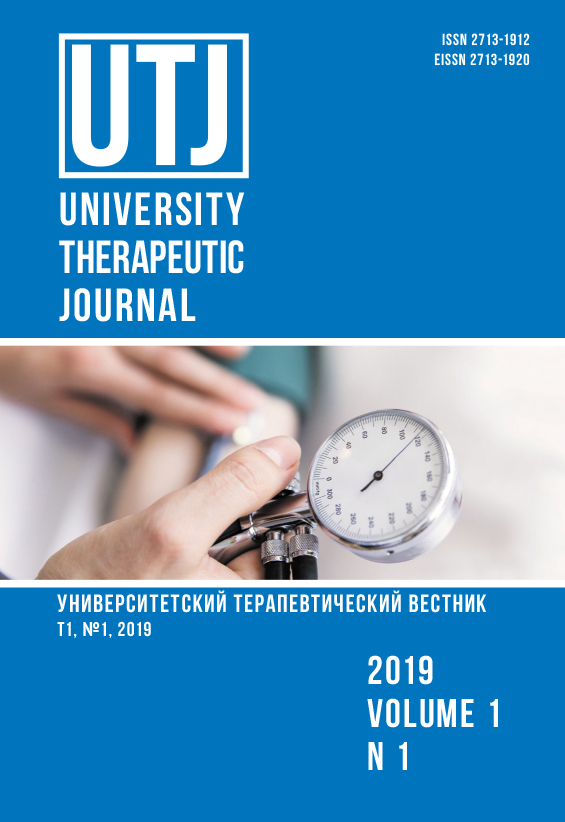HEPARIN-INDUCED THROMBOCYTOPENIA - CURRENT STATE OF THE Problem
Abstract
Heparin induced thrombocytopenia (HIT) is a form of thrombocytopenia that occurs with heparin. There are two forms of HIT: type I (non immune) occurs in 10-20% of patients receiving heparin therapy and is associated with a direct effect of heparin on platelets. This form is characterized by a decrease in the level of platelets(not lower than 100 × 109/L) in the first 4 days from the start of heparin use, it is asymptomatic and the development of thrombotic and hemorrhagic complications is not typical in this case. The immune form of HIT has a great clinical importance. Type II HIT (immune) is associated with the formation of autoantibodies that promote platelets activation with the release of procoagulant granules. Type II HIT develops in 0.3-5% of cases in patients receiving heparin, and is characterized by a significant decrease in the platelets level - below 100 × 109 / L, but not lower than 20 × 109 / L, starting from the 5th day of heparin use. The clinical risk of developing of the immune form of HIT is determined by a 4Ts scale (Thrombocytopenia, Timing, Thrombosis, oTher). Depending on the amount of points, the probability of developing the immune form of HIT in this patient is estimated. Functional (HIPA, SRA) and immunological tests (ELISA) are used as laboratory diagnostic methods. In patients at high risk of developing the immune form of HIT on a 4Ts scale or immunologically confirmed diagnosis, all heparin preparations should be excluded. To achieve the anticoagulant effect, it is advisable to prescribe direct thrombin inhibitors (lepirudin, agatroban, bivalurudin, dabigatran). A method of immune prophylaxis of the immune form of HIT by introducing specific antibodies against IgG is currently being developed.


